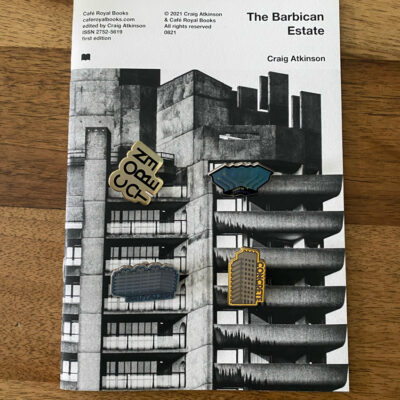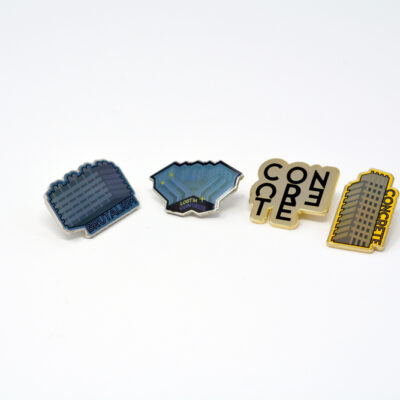Showing 1–16 of 52 results
-

Toiletpaper Calendar 2024
£23.00 Add to basket -
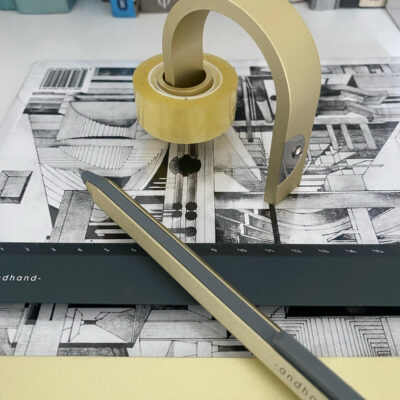
Core Retractable Pen – Gold Lustre by andhand
£37.50 Add to basket -
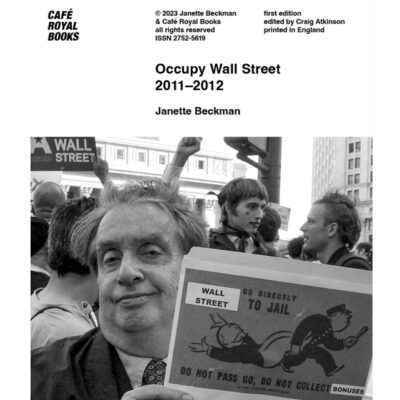
Occupy Wall Street 2011–2012 Janette Beckman – Cafe Royal Books
£6.70 Add to basket -
Sale!
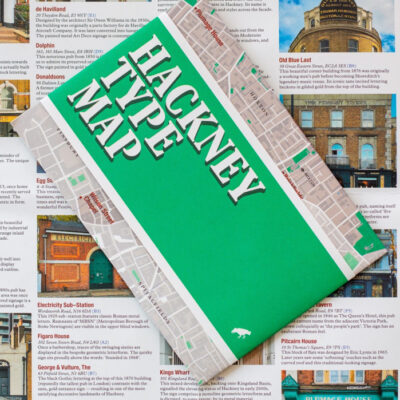
Hackney Type Map
Original price was: £9.00.£6.50Current price is: £6.50. Add to basket -
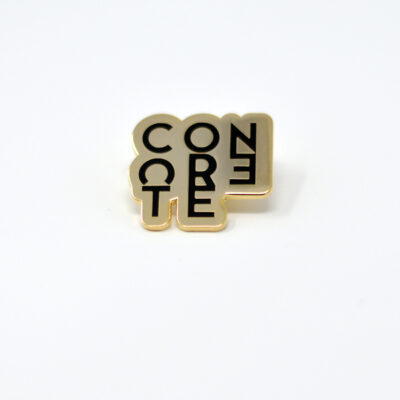
Pin On Your Love Of Concrete
£4.75 Add to basket -
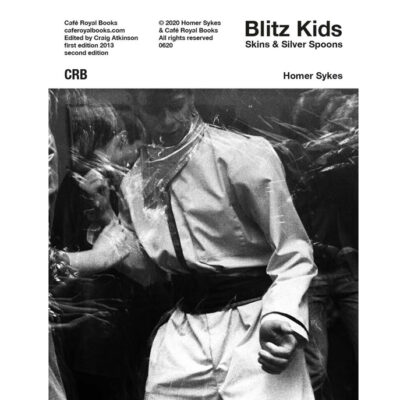
Blitz Kids, Skins and Silver Spoons Homer Sykes Cafe Royal Books
£6.70 Add to basket -
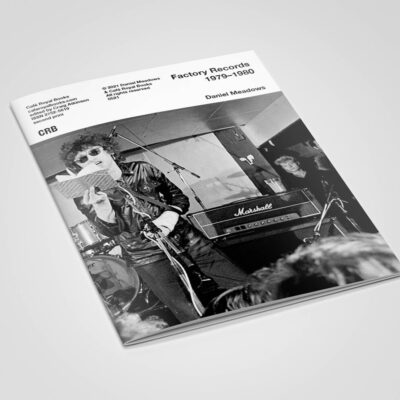
Factory Records 1979-1980 Daniel Meadows Cafe Royal Books
£6.70 Add to basket -
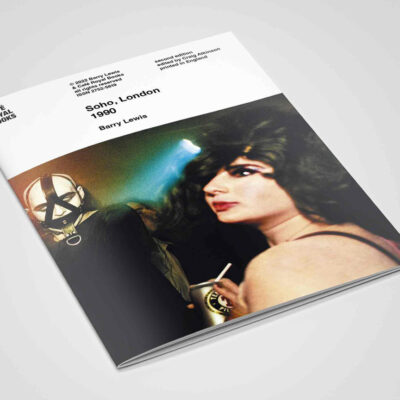
Soho, London 1990 Barry Lewis Cafe Royal Books
£6.70 Add to basket -
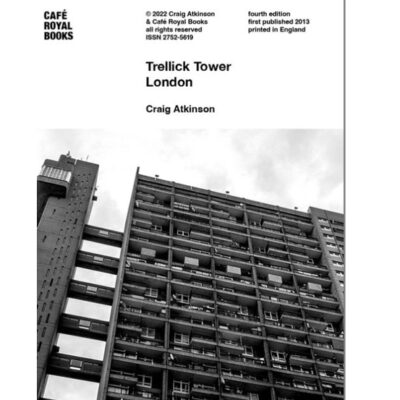
Trellick Tower London: Craig Atkinson Cafe Royal Books
£6.70 Add to basket -
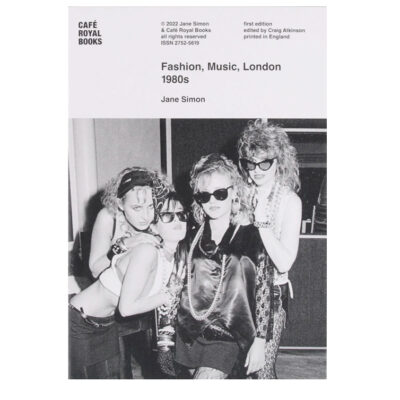
Fashion, Music, London 1980s Jane Simons Cafe Royal Books
£6.70 Add to basket -
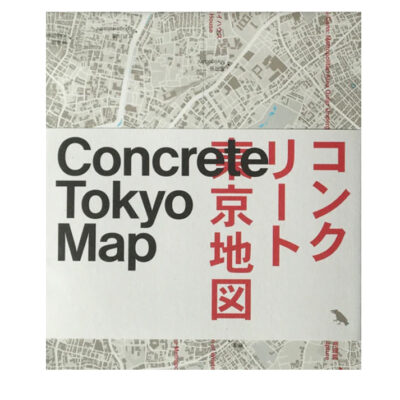
Concrete Tokyo Map
£9.00 Add to basket -
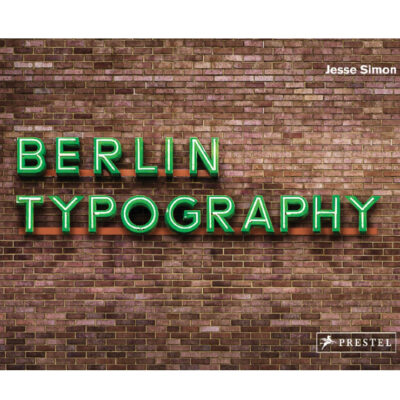
Berlin Typography by Jesse Simon
£11.25 Add to basket -

Hokusai Coloring Book
£5.99 Add to basket -
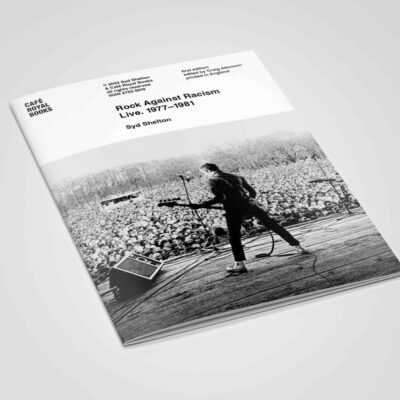
Rock Against Racism Live. 1977-1981 Syd Shelton Cafe Royal Books
£6.70 Add to basket




